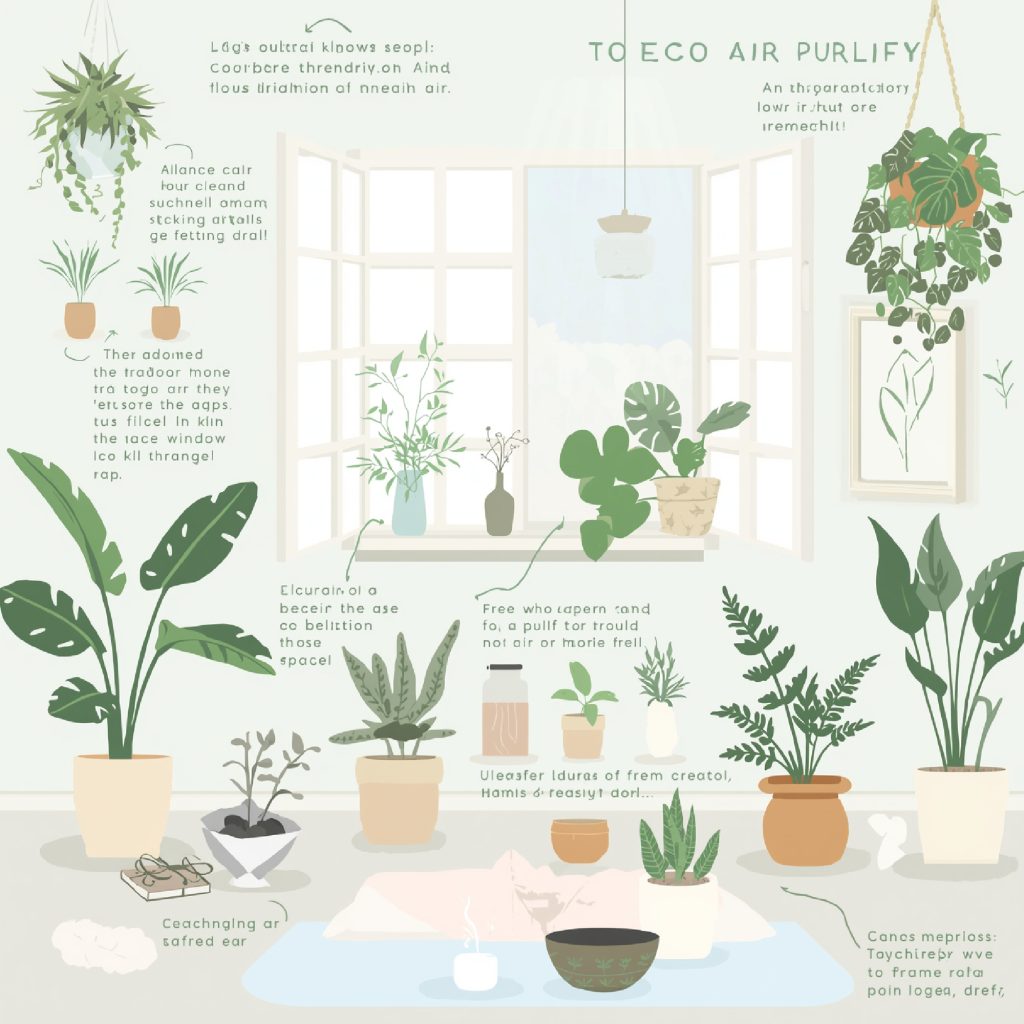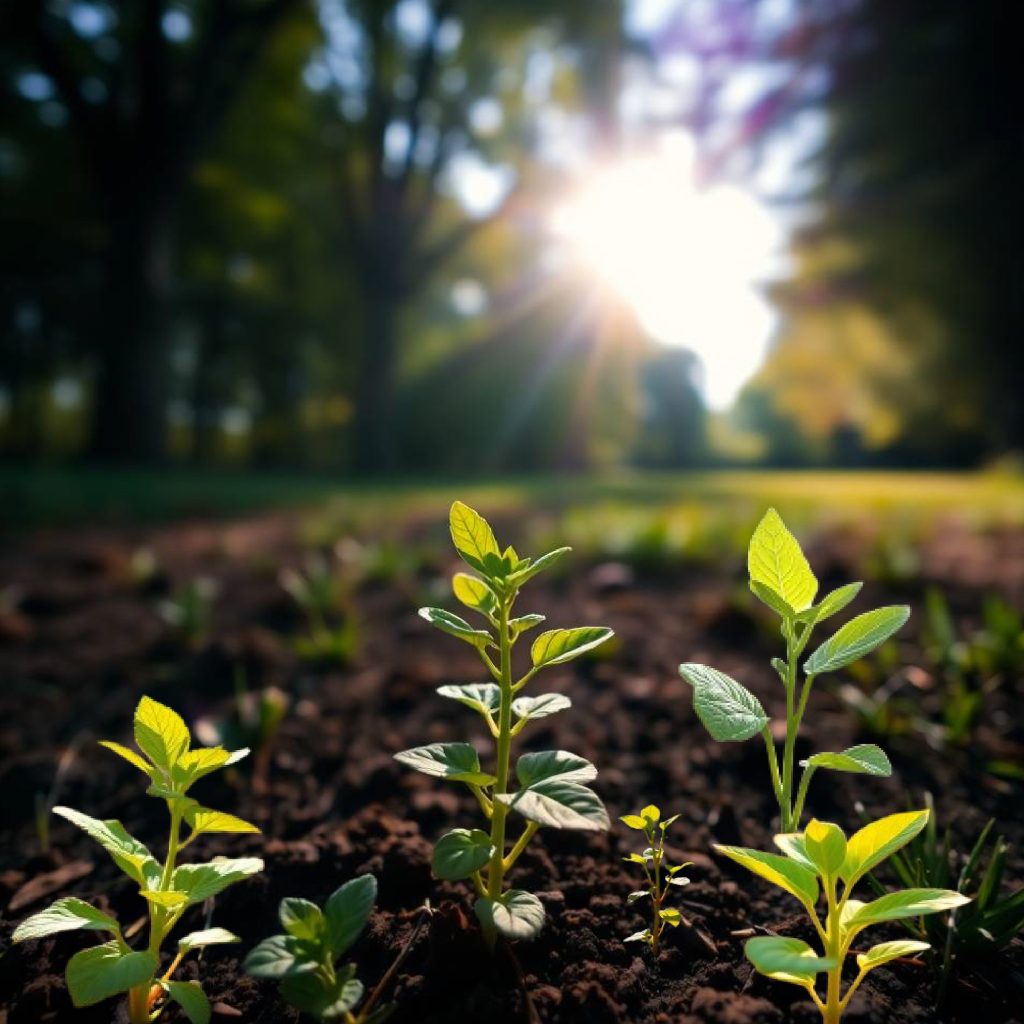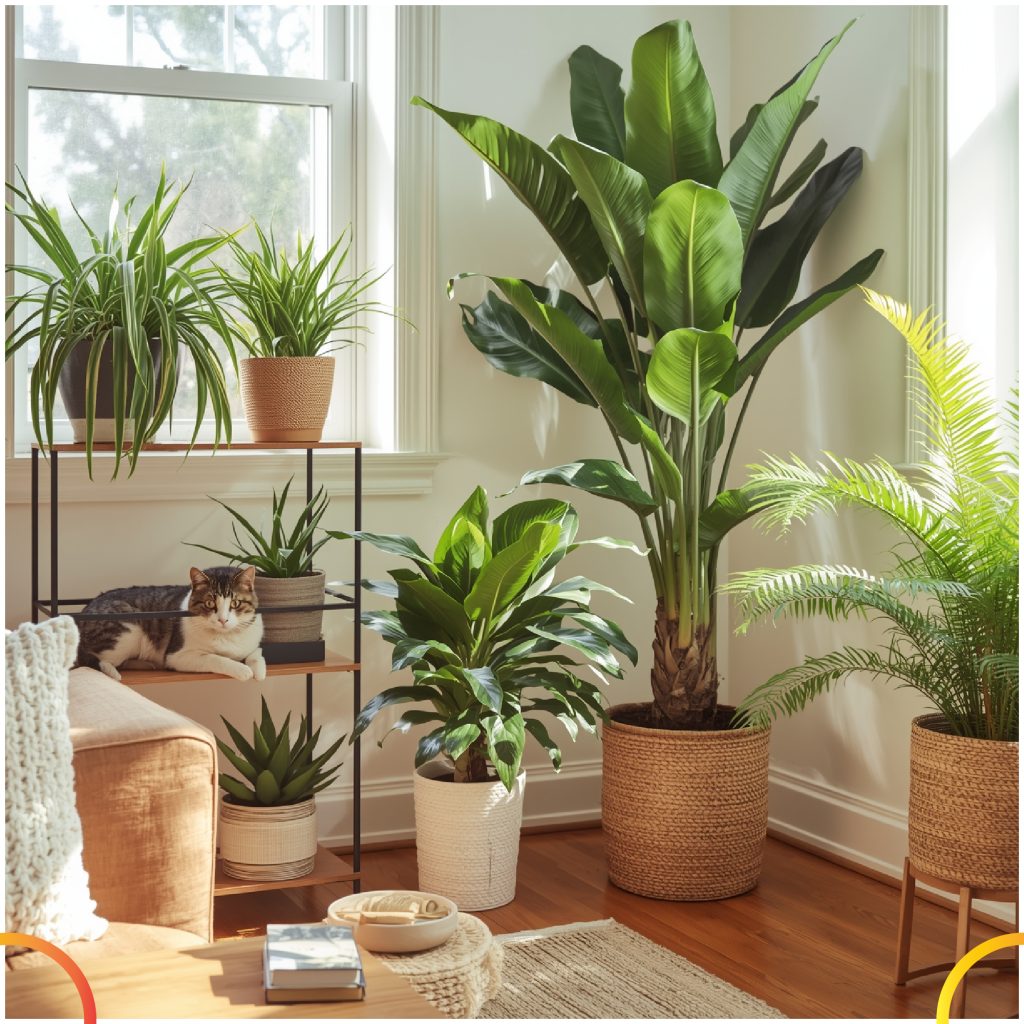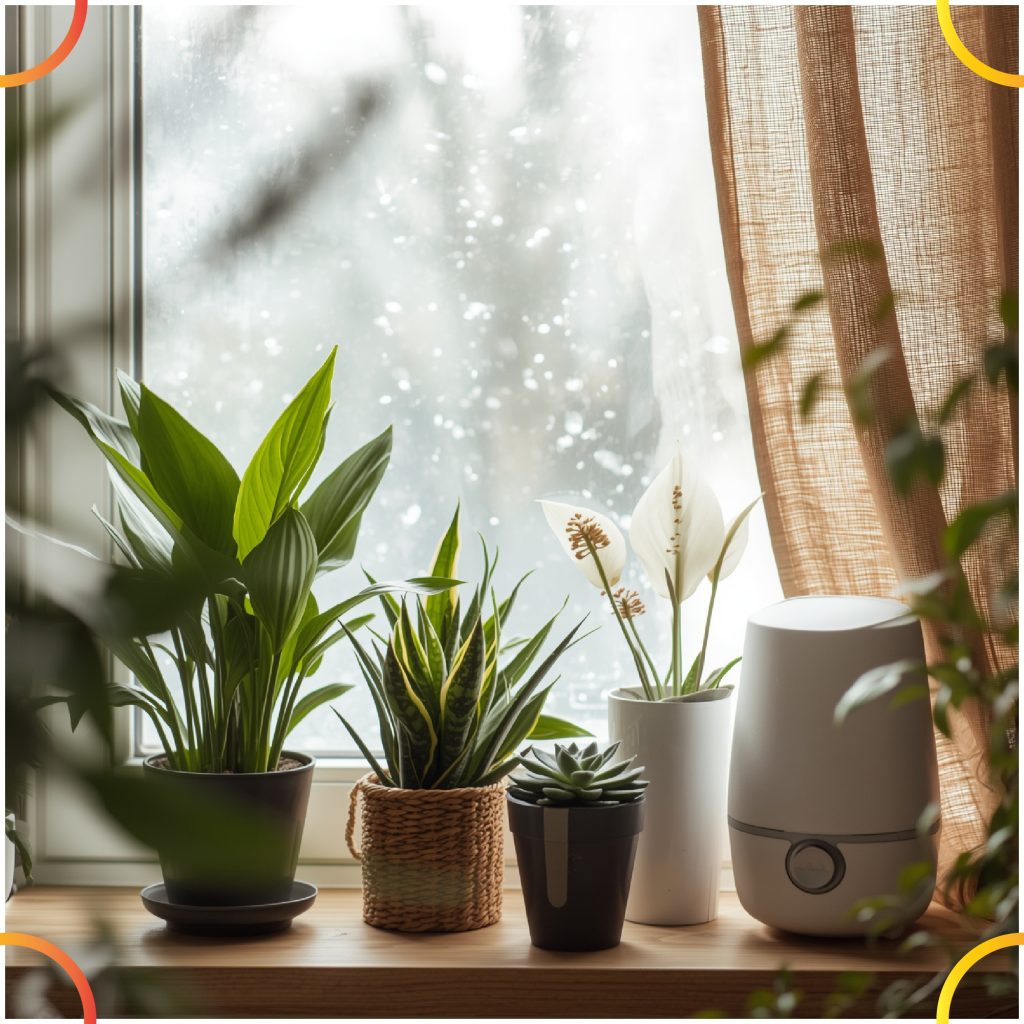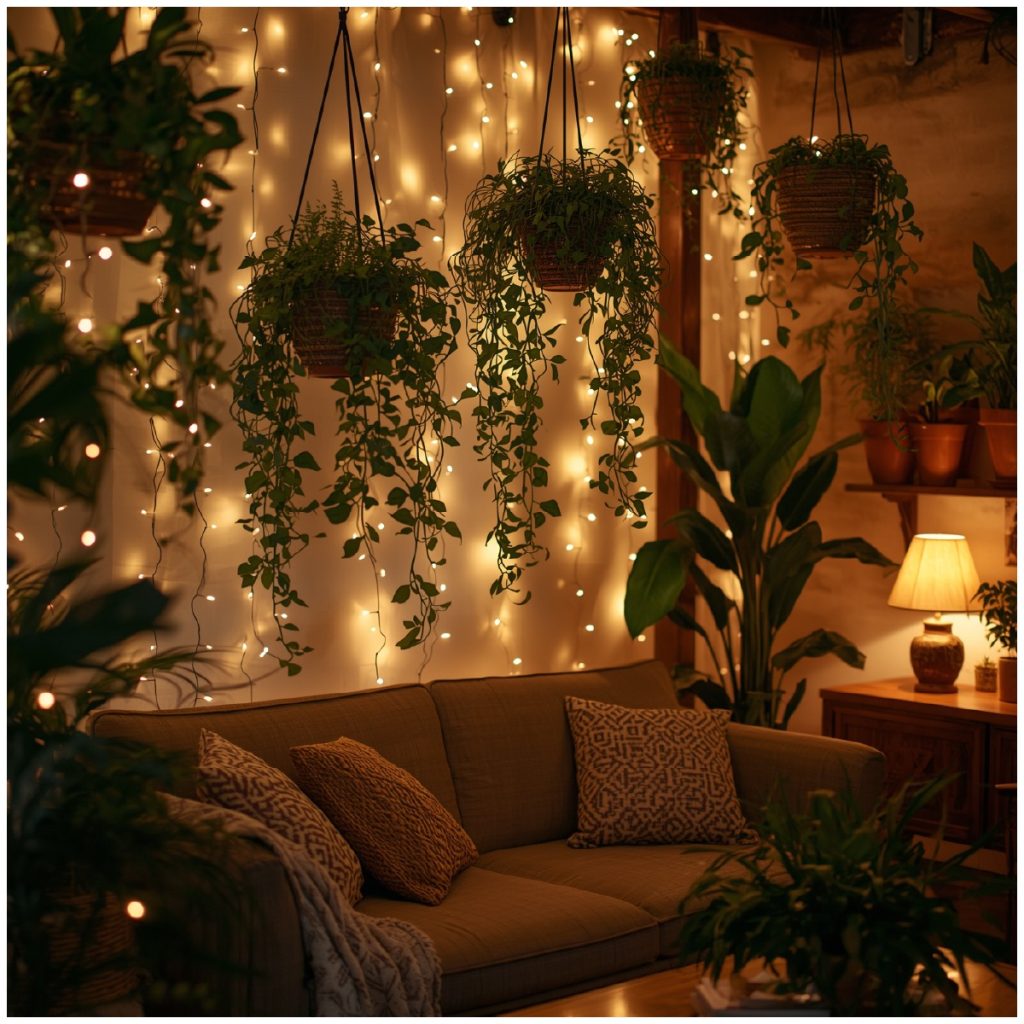Natural Ways to Purify Air 25 | indoor air | greennworld
Natural Ways to Purify Air This article explores Natural Ways to Purify Air 25. By the end, you’ll see how small daily habits can bring a refreshing change to your environment. Breathing clean air is not just a luxury it’s a necessity for good health and a peaceful life. However, modern homes and offices often contain hidden pollutants from cleaning products, dust, furniture, and even electronic devices. Many people rely on machines, but there are numerous natural ways to purify air 25 that are simple, affordable, and effective. Using indoor plants, natural filters, eco-friendly practices, and lifestyle changes, anyone can create a healthier space. Houseplants One of the oldest and most effective natural ways to purify air is through houseplants. Plants like snake plant, peace lily, aloe vera, and spider plant are often called “green filters” because they remove toxins such as benzene, formaldehyde, and carbon monoxide. NASA’s Clean Air Study confirmed that these plants improve indoor air quality, making them both decorative and functional. Not only do they absorb toxins, but they also release oxygen, improving overall health and productivity. Having just one or two air purifying plants in each room can lower stress, boost mood, and create a soothing atmosphere. For families in the United States looking for cost-effective options, the best indoor plants for clean air in the USA are a simple first step toward a healthier lifestyle. Essential Oils and Natural Diffusers Essential oils are another effective tool in maintaining fresh air indoors. Oils like eucalyptus, tea tree, and lavender contain natural antibacterial and antifungal properties. Using wooden or ceramic diffusers, these oils spread fragrance while reducing airborne bacteria. Unlike chemical sprays, which add toxins, essential oils are among the safest natural air purifiers. These oils not only cleanse but also create a calming environment, making them perfect for bedrooms, living spaces, or even offices. Many families now prefer natural air fresheners as part of their daily routine. In fact, using essential oils to improve indoor air quality has become a growing trend in the United States for those who want chemical-free alternatives. entilation and Fresh Air Circulation Fresh air circulation remains one of the simplest yet most overlooked natural ways to purify air 25. By opening windows daily, especially during early mornings or late evenings, households can reduce indoor pollutants significantly. Cross-ventilation, where windows on opposite sides are opened, allows pollutants to exit and oxygen to enter. The benefits of good air flow cannot be underestimated. Families who want to improve indoor air circulation can adopt strategies such as installing exhaust fans or using natural draft systems. Many experts recommend the best ventilation methods for natural air purification at home as a cost-free solution that works year-round. Activated Charcoal and Eco-Friendly Absorbents Activated charcoal is widely recognized as one of the most effective natural air purifiers. Its porous structure traps odors, toxins, and allergens, making it a powerful tool in keeping spaces fresh. Charcoal bags can be placed in bedrooms, bathrooms, kitchens, and even cars for continuous purification. Similarly, baking soda is great for absorbing strong odors, while beeswax candles release negative ions that neutralize airborne particles. These eco-friendly air purifiers are both affordable and safe, making them excellent additions to any household seeking natural ways to purify air 25. More people are also discovering the benefits of using activated charcoal for natural air purification at home to complement other methods. Reducing Indoor Pollutants Prevention is just as important as purification. Reducing sources of indoor pollution plays a major role in achieving cleaner air. This means limiting the use of chemical cleaning sprays, synthetic fragrances, and aerosol products. Switching to eco-cleaning methods eliminates harmful VOCs (volatile organic compounds) from your environment. Regular dusting, using HEPA filter vacuums, and leaving shoes outside help keep toxins at bay. Many homeowners also aim to reduce indoor pollution by adopting healthier cleaning routines. For long-term benefits, experts recommend learning how to reduce VOCs for better indoor air quality to maintain a safe and toxin-free home. Salt Lamps and Humidity Balance Himalayan salt lamps are often considered one of the easiest natural ways to purify air 25. When heated, they are believed to release negative ions that help neutralize dust, allergens, and pollutants. Although scientific evidence is still debated, many users report fresher and lighter air after using them. The soft glow of a salt lamp also creates a soothing atmosphere, which doubles as decor. Many families explore the air ionizer benefits of these lamps as part of their wellness lifestyle. Curious individuals often ask, do Himalayan salt lamps improve indoor air quality, and while results vary, they remain a popular natural option. Humidity also plays a vital role in air quality. Too much moisture encourages mold, while too little can irritate respiratory health. Natural humidifiers such as bowls of water or humidity-loving plants help balance levels, making spaces healthier and more comfortable. Lifestyle Choices for Cleaner Air Simple lifestyle changes can greatly impact the air we breathe. Avoiding smoking indoors, choosing candles made of soy or beeswax instead of paraffin, and reducing plastic use all prevent the release of toxins. Air-drying clothes outdoors, minimizing car emissions, and supporting green living habits are also crucial. Adopting an eco lifestyle naturally improves the environment at home. Families who focus on healthy air habits often see improvements in well-being, energy, and mood. Following green living tips for better indoor air quality helps align personal health goals with sustainability. Challenges and Practical Solutions Even though natural methods are highly effective, they require consistency. Plants need regular care, charcoal bags need replacement, and ventilation must be maintained daily. In highly polluted urban areas, outdoor air may itself be a challenge. The importance of clean air becomes even more pressing in cities with high traffic and industrial emissions. Families often face air quality challenges when trying to maintain healthier homes. To overcome these issues, many look for the best natural air purifiers for polluted cities in the USA as reliable solutions. Conclusion Cleaner air begins

